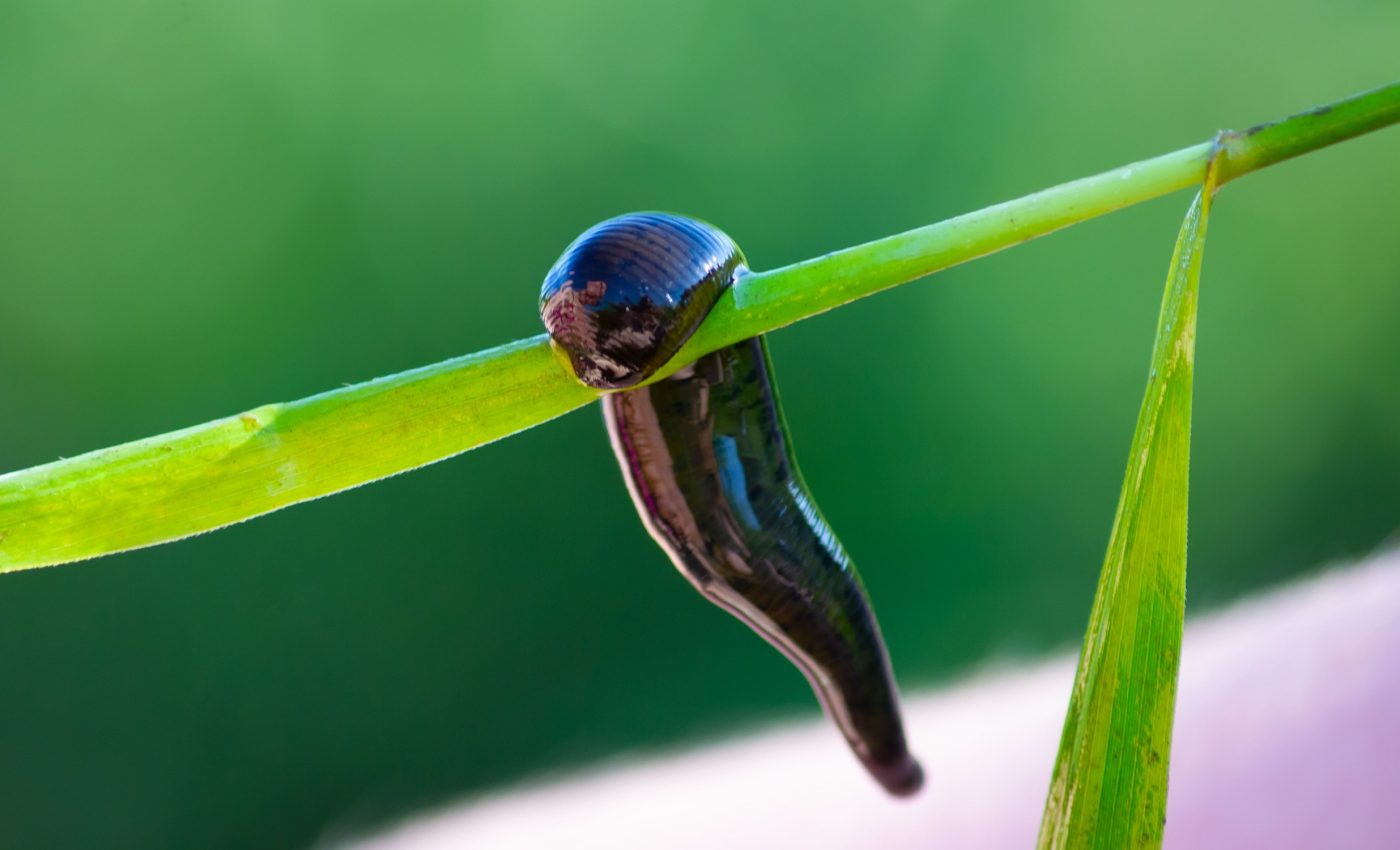
First proof of leeches jumping captured on video
In a remarkable discovery, researchers have provided the first conclusive evidence that at least one species of terrestrial leech can jump.
This behavior, which has been debated by scientists for over a century, was captured on video and analyzed in a new study.
The findings were published in the journal Biotropica by researchers from several renowned institutions.
Documenting leech behavior
The team, including scientists from the American Museum of Natural History, Fordham University, and CUNY’s Medgar Evers College, documented this surprising behavior during expeditions to Madagascar in 2017 and 2023.
The footage shows leeches from the genus Chtonobdella coiling back on a leaf and then launching themselves into the air.
This motion has been likened to a “backbending cobra” or a spring being pulled back, highlighting a significant departure from their usual inchworm-like movements.
“We believe this is the first convincing evidence that leeches can jump and do so with visible energy expenditure,” explained study lead author, Mai Fahmy, a visiting scientist at the Museum and a postdoctoral researcher at Fordham University.
Previous accounts of leeches jumping were often dismissed as leeches merely attaching to passersby or dropping from branches above. This study challenges that notion.
The graceful jump of leeches
During the 2023 expedition, the researchers captured video evidence of these jumps. The leech extends its body while in mid-air, before landing. This unique movement was described as a “graceful jump but with a seemingly hard landing.”
Several other worm-like invertebrates are known to jump, including gall midge larvae, Mediterranean fruit fly larvae, “skipper flies,” and certain caterpillars.
However, until now, there has been little concrete evidence to support claims that terrestrial leeches, particularly those in the family Haemadipsidae, could also jump.
Study’s impact
The researchers identified the leech observed in the 2023 footage as Chtonobdella fallax, a species commonly found in Madagascar.
The larger Chtonobdella group is widespread across Madagascar, the Seychelles, the Malay Archipelago, and the South Pacific Islands.
Given that multiple jumps were recorded in a short period, it is likely that the behavior is common among this species.
“We do not know how often this may happen or whether these leeches use this ability to seek out hosts,” said co-author Michael Tessler, an assistant professor at CUNY’s Medgar Evers College. “However, this discovery opens new avenues for understanding leech behavior.”
Leech behavior and conservation efforts
Understanding leech behavior is crucial for conservation efforts. Leeches, particularly their blood meals, are increasingly collected to survey vertebrate biodiversity.
By identifying how leeches find and attach to hosts, researchers can better interpret the results of gut content analyses.
“Leeches are often overlooked and understudied,” said Fahmy. “As a natural part of the ecosystem, they themselves may be in need of conservation protection.”
This discovery not only sheds light on an unusual leech behavior but also emphasizes the importance of studying even the most overlooked creatures in our ecosystems.
Significance of leech jumping
The implications of this study extend to the fields of biomechanics and evolutionary biology. Understanding the mechanics of leech jumping could inspire advancements in bio-inspired robotics, where mimicking leech movements could lead to the development of more efficient and adaptable robots.
This research also provides a new perspective on the evolutionary adaptations of leeches, suggesting that their ability to jump may have developed as a survival mechanism, potentially offering advantages in predation or escaping threats.
Additionally, this discovery might impact ecological monitoring techniques. Researchers could explore whether other overlooked behaviors exist in leech species across different habitats.
This could lead to more accurate and comprehensive biodiversity assessments, particularly in tropical and subtropical regions where leeches are common.
The findings may also influence public perception, increasing interest and funding for invertebrate studies, which are often overshadowed by research on more charismatic animals.
More about leeches
Leeches are fascinating creatures with unique abilities beyond jumping. Some leeches have anticoagulant properties in their saliva, used medically to prevent blood clotting during surgeries.
Leeches can consume blood up to ten times their body weight in a single meal, allowing them to go months between feedings. They exhibit remarkable regenerative capabilities, able to regrow lost segments.
Certain species of leeches are sensitive to light and can detect changes in their environment. Additionally, their ancient lineage dates back over 200 million years, making them living witnesses to significant evolutionary changes on Earth.
Video Credit: © Mai Fahmy
—–
Like what you read? Subscribe to our newsletter for engaging articles, exclusive content, and the latest updates.
Check us out on EarthSnap, a free app brought to you by Eric Ralls and Earth.com.
—–













